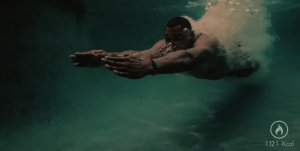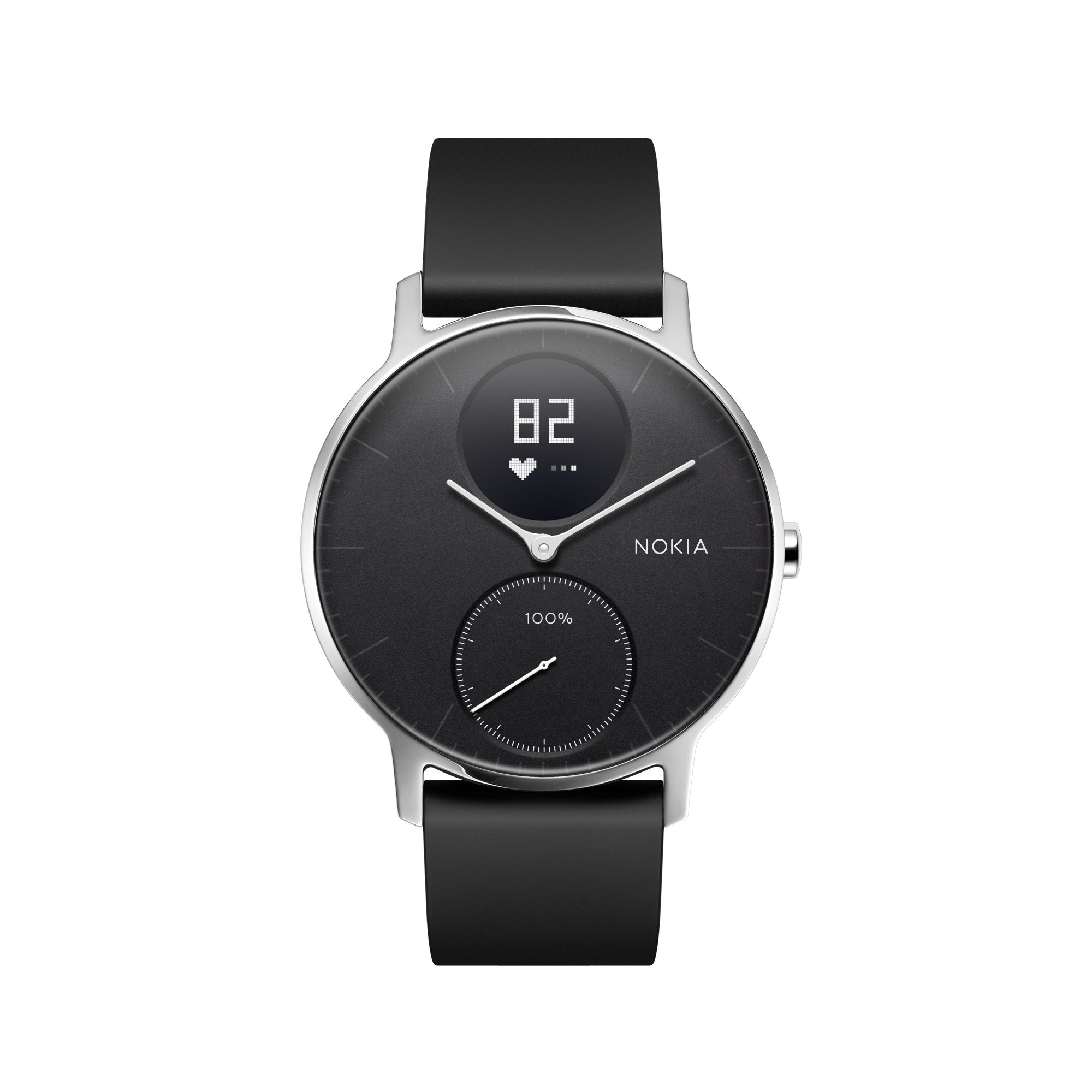
Summer exercise can be a daunting prospect. How can anyone motivate themselves to work out on hot, humid days? Answer: Just add water. Yup, if you’re looking to beat the heat without sacrificing your health, the answer may lie in—drumroll—swimming.
How Swimming Compares
According to livestrong.com, in terms of the sheer number of calories burned, running is usually a better bet than swimming. A person who weighs 190 pounds can burn 1,553 calories per hour with the most intense running exercise but only 949 calories with the most intense swimming stroke.
Running also raises your body temperature, increasing your metabolism for up to 18 hours after you finish exercising; by contrast, swimming has little effect on body temperature, meaning that you only burn calories during the workout.
But wait!
What swimming lacks in calorie intensity, it more than makes up for in safety. Running carries a high risk of injury, and many runners stop exercising because they’ve been injured. Swimming, on the other hand, has few risks. Many swimmers also find their sport more comfortable, meaning they have less trouble motivating themselves to exercise. So much like walking for exercise, swimming may ultimately be a better sport for long-term health. Even if it doesn’t burn as many calories in the short term, you’ll have an easier time keeping it up, and will thus burn more over time.
But different swimming styles burn different amounts of calories and work different muscles. To get the most from your workout, select the style that’s right for you. Here’s the scoop on strokes, going from the least calorie burning to the most.
Backstroke
Whereas most forms of swimming rely primarily on your pectorals, the backstroke uses your biceps and triceps for propulsion. This style also works your core in a different way that others, using your core stabilizers, lower back muscles, and abdominal muscles to a greater degree. Added bonus: You don’t need to think about your breathing technique when your face is out of the water. Heck, it’s the only stroke where you can carry on an unbroken conversation, if you’re the chatty type.
Breaststroke
This stroke is easy to perform and provides a full-body workout, making it ideal for beginning swimmers. It works your shoulder, back, gluteal, and quad muscles the hardest. So yeah, it burns more than the backstroke. But backstroke wins for being able to admire the blue skies and fluffy clouds of summer.
Butterfly
One of the most complex and muscle-intensive exercises available, the butterfly relies on the arms and legs for propulsion. This works out your deltoids, biceps, triceps, and trapezius muscles while also building your abdominal and latissimus dorsi muscles, which you need to provide stability. Because butterfly swimmers move their legs together in the same motion, they strengthen their gluteal and hamstring muscles and develop greater coordination. It’s not easy, but maybe that’s because humans weren’t built to fly in air or water. Doing butterfly well is a true skill and makes you look like a pro.
Freestyle
Freestyle works many muscles, including the quadriceps, gluteals, pectorals, abdominals, biceps, triceps, and thenar eminence. “Thenar Eminence” sounds like the name of a king in a far-off land, but it’s actually the muscles in the palm of the hand below your thumb. At a quick pace, the freestyle burns 704 calories if you weigh 155 pounds and 931 if you weigh 205 pounds.

Merits of Other Water Exercises
Besides swimming strokes, you can perform a number of other aquatic exercises. Do you get bored doing laps? Then try one of these:
Water Aerobics — This exercise burns 281 calories an hour if you weigh 155 pounds and 372 if you weigh 205 while putting little pressure on your joints. Unless you use water weights, however, it won’t burn bone or muscle mass. Added bonus: Many of these classes include pumping music.
Water Polo — Playing polo will work out your legs and shoulders while burning 704 calories if you weigh 155 pounds and 931 if you weigh 205. Added bonus: No actual horse required like in land polo.
Water Volleyball — A less intensive exercise, this sport burns 211 calories if you weigh 155 pounds and 279 if you weigh 205. Added bonus: It just looks cool.
In the end, how many calories you ultimately are able burn in the pool, lake or ocean depends on your speed and effort. No surprise there. The important part is to get out, cool off, and enjoy yourself outdoors while you can. In the words of Ralph Waldo Emerson, “Live in the sunshine, swim the sea, drink the wild air.”
Then again, Emerson also said, “I hate quotations, tell me what you know.”
So, we hope this is a helpful guide, but we advise you to stop reading at some point, and get to know swimming in real life.
Here is where we can’t help but mention that all of our activity trackers and hybrid smartwatches are totally water-resistant to 50 meters, track swimming, and are available join you on your summer swimming journey.



